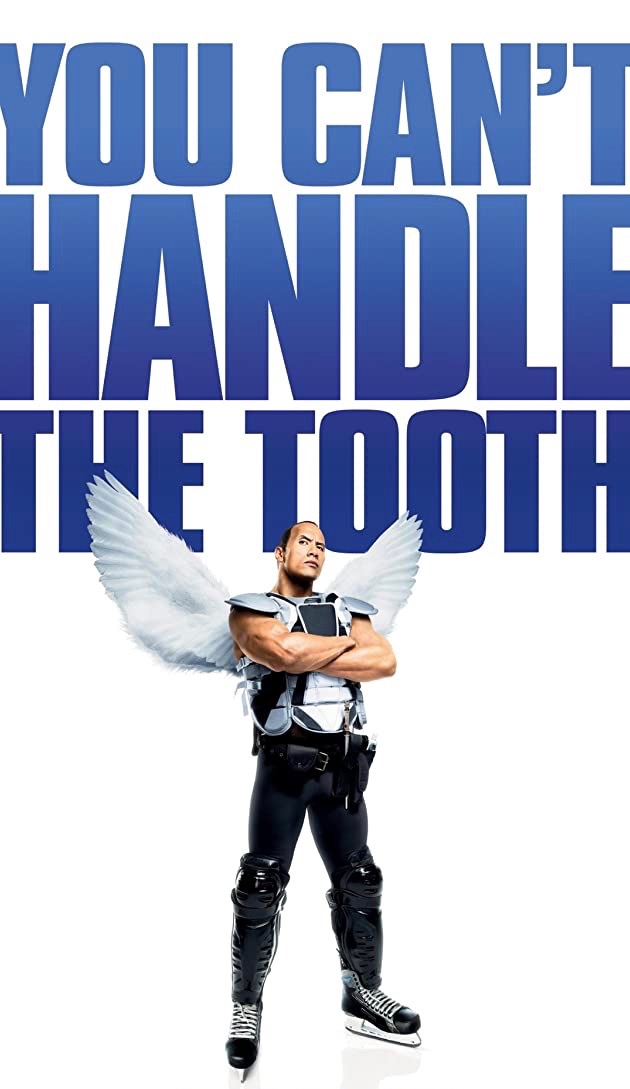DECEMBER 13, 2020 – Today’s Times tells about yesterday’s pro-Trump demonstrations protesting the “stolen” election. The continuing defiance follows the Supreme Court’s “thumbs downs” rejection of Trump’s last-gasp effort to reverse reality. One protester, a woman from Jacksonville, said “God told her” to drive to Atlanta to join the pro-Trump protest there and said she was sure Trump would be re-elected.
Fine. People drunk on nonsense will always be among us as spaceship earth hurtles though . . . space. But along the current leg of our journey, it seems that way too many people in America believe in nonsense.
How does one begin to make sense of another’s belief in nonsense? During a long, solo drive yesterday I pondered this question without radio interference or . . . Blue Tooth. The icon on my dash screen triggered a memory.
I was fourth grade at the time. My younger sister had lost a baby tooth and in time-honored tradition placed the tooth under her pillow. She believed that that night, the tooth fairy would exchange the loose tooth for a loose dime. I knew better, but I worried that if I scoffed at Jenny’s belief, my parents might demand a refund of the multiple dimes (and quarters for my two front teeth) of “proof” secure in my own piggy bank.
But on that occasion, proof went far beyond putting money where your tooth was.
When Jenny showed us her shining dime the next morning, our two older sisters launched into an elaborate account of their direct intercept with the tooth fairy. They had been up late “doing their homework,” so we were told, and had seen the entire production: the tooth fairy’s arrival in her magical coach, the fairy’s exquisite gown and gem-studded wand, her stunningly beautiful face and hands, her shining silver slippers, and of course, her wings of the finest gold filigree.
Three things led me to believe my older sisters. First was the level of detail. How could they possibly be making up such a detailed description of the tooth fairy? Second, there wasn’t just one eyewitness; there were two, one to corroborate the other, and, both of them were much older and wiser than I. Both were in junior high school. Third, and in retrospect, I think this was the kicker: I wanted to believe in my sisters’ make-believe. They’d constructed a beautiful fantasy, and when I closed my eyes, I could easily imagine the whimsical imagery that descriptive words had constructed.
I was so convinced, in fact, that later that day, out on the playground, I confided in a couple of my best friends—kids I knew were smart and curious about the world. When they laughed at me, I felt humiliated, then angry that they couldn’t—or wouldn’t—embrace my belief. I’ll never forget the feeling I had when a stray kickball bounced between us and they ran off to fetch it, leaving me alone with my . . . belief.
It took a day or two before we were friends again.
(Remember to subscribe to this blog and receive notifications of new posts by email.)
© 2020 by Eric Nilsson
